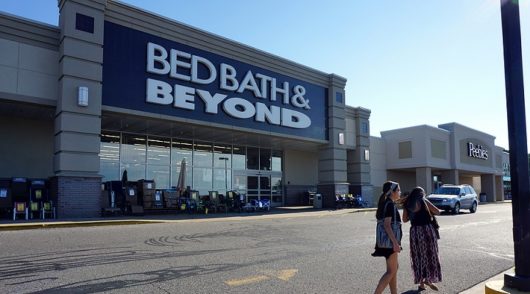Retail spending surged 16.5 per cent in July year-on-year as consumers spent $34.7 billion in-store and online, according to the Australian Bureau of Statistics (ABS).
By month, spending was up by 1.3 per cent, the largest month-on-month rise in four months.
However, Australian Retailers Association CEO Paul Zahra cautioned that on-year comparisons were impacted by the Covid-19 Delta lockdowns when businesses in NSW and Victoria were severely restricted. “July sales for clothing, footwear and personal accessories, department stores and cafes and restaurants were up significantly compared to 12 months prior, highlighting the impacts on those businesses at this time last year when they had to close their physical stores,” he said.
Nevertheless, Zahra described July’s figures as “an incredible result considering the inflationary pressures consumers are under at the moment”.
But he warned that the current cost of living crisis will impact spending in the lead-up to Christmas.
“The concern is that with inflation yet to peak and the full impact of increased mortgage repayments yet to flow through to household budgets, we may see sales soften in the months ahead.”
Month on month, department stores posted the largest rise at 3.8 per cent, followed by clothing, footwear, and personal accessories at 3.3 per cent, and with sales by cafes, restaurants, and takeaway food services up by 1.8 per cent. ‘Other retailing’ and food retailing recorded rises of 1.6 per cent and 1.2 per cent respectively.
The only sector to decline was household goods retailing down by 1.1 per cent, marking its third monthly decline in four months.
Ben Dorber, head of retail statistics at the ABS, said the fact that turnover rose in five of the six retail industries in July shows that households are continuing to spend, despite cost-of-living pressures.
Zahra said consumer confidence remains low, “but that hasn’t translated yet into reduced spending”.
By state, Victoria and ACT both registered 1.8 per cent increases in turnover followed by NSW at 1.3 per cent, South Australia at 1.2 per cent, Northern Territory at 0.7 per cent and Queensland at 0.4 per cent. Tasmania was the only state or territory to record a decline, its first fall for the year, of 0.3 per cent.
National Retail Association CEO Dominique Lamb welcomed the results but said the recovery across the sector is still “patchy”.
“Even though we know price increases are contributing to some of the turnover growth, this show of resilience is likely to reinforce the RBA’s decision to continue increasing interest rates.
“With low unemployment and competitive wages and now strengthening consumer spending, it’s clear most Australians have been able to meet their financial obligations during this challenging period,” she said.
“However, some are struggling to meet ends. There are thousands of small businesses who are still doing it tough, even though some states and some sectors are thriving.”






